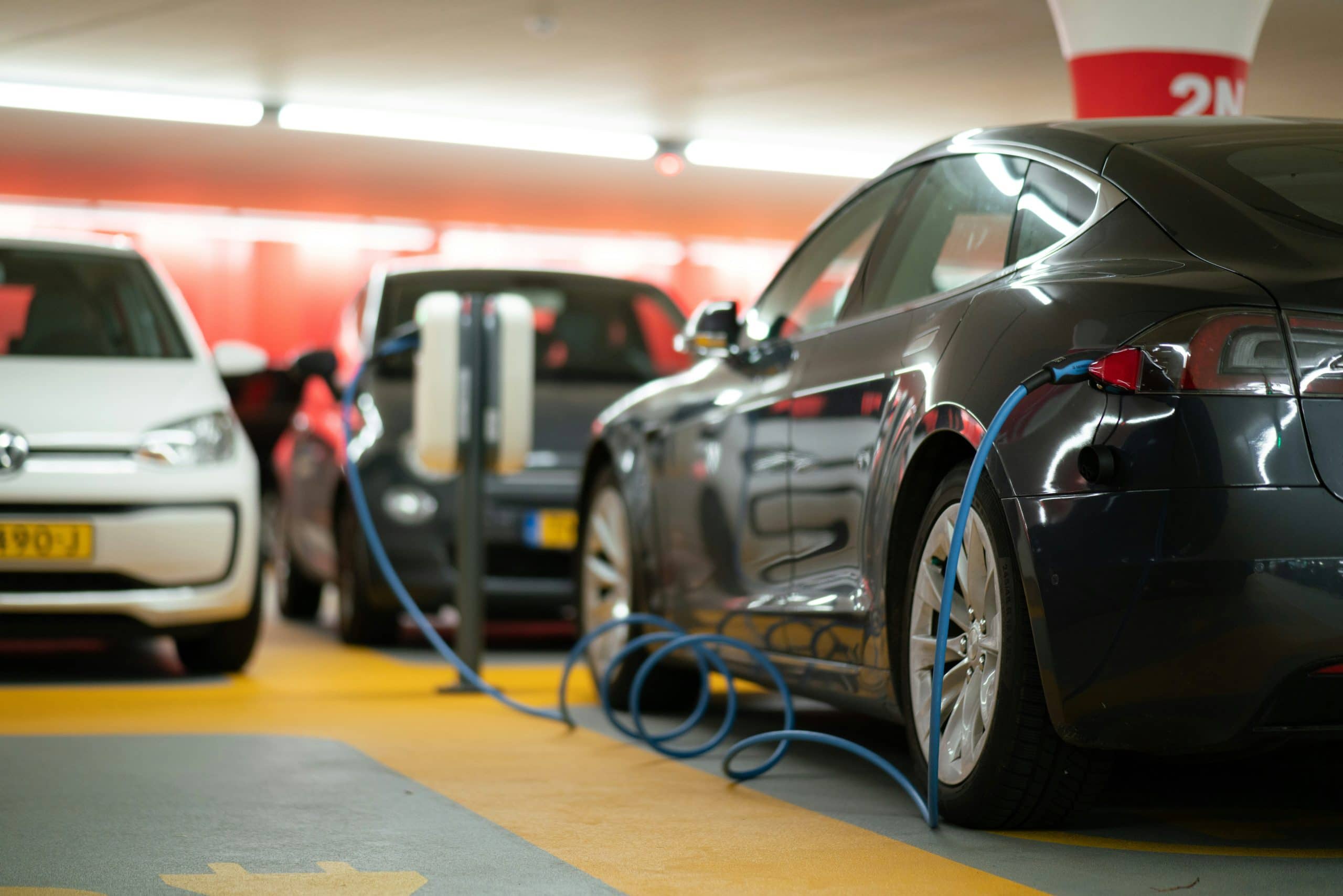Why Vehicle-to-Emergency Services Communication Matters
In today’s fast-paced world, every second counts when it comes to emergency services. Especially in the case of vehicle-related accidents and emergencies, quick communication with emergency services can mean the difference between life and death. This is where vehicle-to-emergency services communication comes into play. This advanced technology allows for real-time communication between vehicles and emergency services, providing quicker response times and better outcomes in emergency situations. In this article, we will explore the importance of vehicle-to-emergency services communication and how it is shaping the future of emergency response.
The Current State of Emergency Communication
In traditional emergency situations, a bystander or someone involved in the accident would have to call emergency services and relay the necessary information. This process can be time-consuming and prone to errors. In some cases, a bystander may not even realize an accident has occurred, resulting in a delayed response from emergency services. This is where vehicle-to-emergency services communication can make a significant impact.
How Vehicle-to-Emergency Services Communication Works
Vehicle-to-emergency services communication, also known as V2E, is a type of vehicle connectivity that allows vehicles to communicate with each other, as well as with emergency services. This technology uses Vehicle-to-Vehicle (V2V) and Vehicle-to-Infrastructure (V2I) communication, which enables vehicles to share important data with each other and the surrounding environment. When an accident occurs, sensors in the vehicle can automatically detect it and send a notification to emergency services, providing them with critical information such as the location of the accident, the severity of the accident, and the number of occupants in the vehicle.
Reduced Response Times and Enhanced Accuracy
One of the most significant benefits of vehicle-to-emergency services communication is the reduced response times. With traditional methods, emergency services may take a few minutes to arrive at the scene of an accident. However, with V2E, they can receive real-time information and dispatch the necessary resources immediately. This can significantly improve the chances of survival, especially in serious accidents where every second counts.
Moreover, V2E technology eliminates the need for inaccurate and time-consuming verbal communication between bystanders and emergency services. The data sent by the vehicle to emergency services is precise and reliable, ensuring a more efficient and accurate response.
Enhanced Road Safety
Another significant aspect of V2E communication is its contribution to enhanced road safety. With this technology, not only can emergency services respond faster to accidents, but vehicles can also communicate with each other on the road. This can help prevent accidents before they even occur by sending alerts to drivers in the vicinity about potential hazards or road conditions, such as heavy traffic, construction sites, or dangerous weather conditions.
The Future of Vehicle-to-Emergency Services Communication
As technology continues to advance, so does the potential of vehicle-to-emergency services communication. One future application of this technology is the integration of Artificial Intelligence (AI) to analyze the data received from vehicles. This can help emergency services identify patterns and predict future accidents, helping them take proactive measures to prevent them.
Furthermore, V2E technology can also be integrated with autonomous vehicles to enhance their safety features. In the case of an accident, the autonomous vehicle can automatically communicate with emergency services, providing them with vital information to dispatch the right resources.
Conclusion
In conclusion, vehicle-to-emergency services communication is a critical component of the future of emergency response. This technology not only reduces response times and enhances accuracy in emergency situations, but it also has the potential to make our roads safer in the long run. With continued advancements and integration with other technologies, V2E communication is set to revolutionize the way we handle emergencies and save lives.










